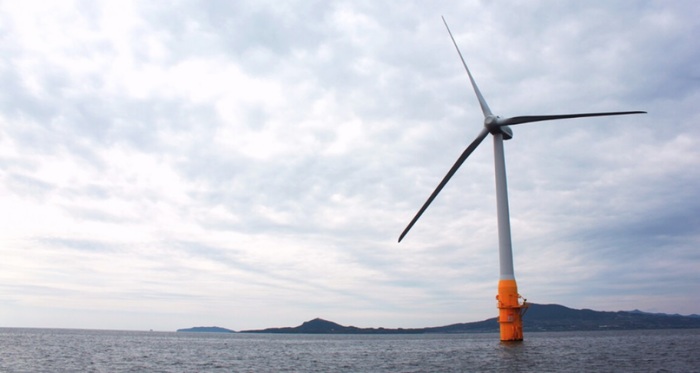Upgrading our ports is essential to kickstart Scotland's floating offshore wind industry

At least three to five Scottish ports need to be transformed into new industrial hubs as soon as possible to enable the required roll-out of floating offshore wind, says a new report published today (March 15) by the Floating Wind Offshore Wind Taskforce.
The report recommends developing ports as soon as possible by investing £4 billion to ensure they are ready for mass floating wind deployment by the end of this decade.
Initially, a minimum of three to five ports will be needed in Scotland to install turbines onto the floating bases, with a further two ports needed to service the Celtic Sea sector.
Additionally, at least four other UK ports will need to be revitalised for manufacturing massive steel and concrete components for floating foundations.
Port upgrades are needed to:
- enable turbines with hub heights taller than 150 metres.
- manufacture and assemble giant floating bases in coastal locations.
With 14 floating wind projects announced as part of the ScotWind Leasing round last year, Scotland has the most seabed dedicated to develop commercial floating wind anywhere in the world.
The report contains a series of recommendations which could see 34 gigawatts (GW) of floating wind installed in UK waters by 2040.
Emma Harrick, Head of Energy Transition and Supply Chain at Scottish Renewables, said:
“Time is of the essence and it is vital that The Scottish and UK Governments invest in Scotland’s ports to build the essential infrastructure we need to kickstart the floating offshore wind industry.
“The 14 floating wind projects announced as part of the ScotWind Leasing round mean Scotland has the most seabed dedicated to develop commercial floating wind anywhere in the world. This gives us a once in a lifetime opportunity to create a major new sector to drive the UK economy and Scotland’s ports are essential for the expansion of this emerging technology.
“The two Green Freeports in Scotland, Cromarty Firth and Forth Green Freeport, announced earlier this year, will help Scotland compete on the international stage as floating offshore wind grows to become the mainstay of electricity generation in the UK - but we urgently need further investment in other ports across Scotland.
“This will ensure we can meet our net-zero targets and deliver the energy security needed to allow the Scottish economy and local communities across the country to benefit from the fresh economic investment and regeneration opportunities which a home-grown clean energy supply brings.”
Alongside Scottish Renewables, the Taskforce includes the UK, Scottish and Welsh Governments, the Northern Ireland Executive, major offshore wind and port developers, the Crown Estate, Crown Estate Scotland, RenewableUK, the Offshore Renewable Energy Catapult and other key stakeholders.
- For more information on this report please read the full media release.